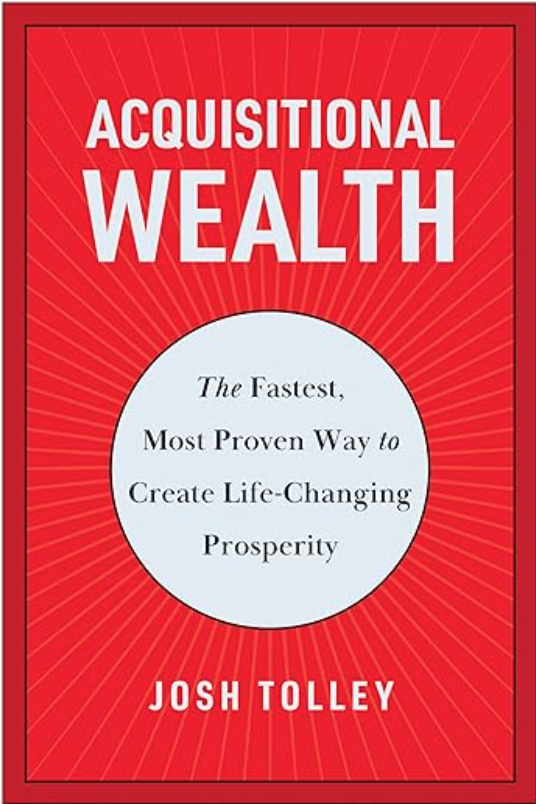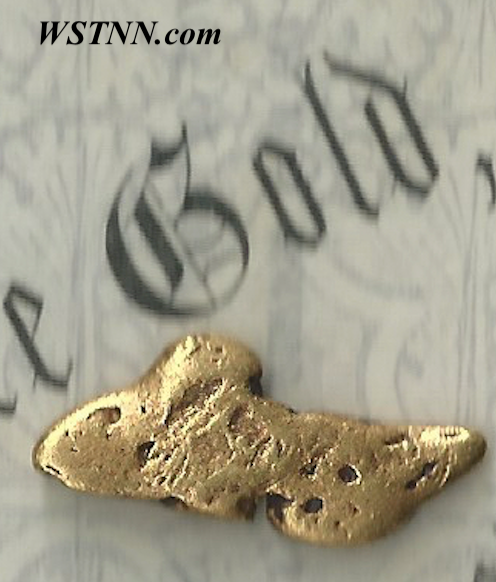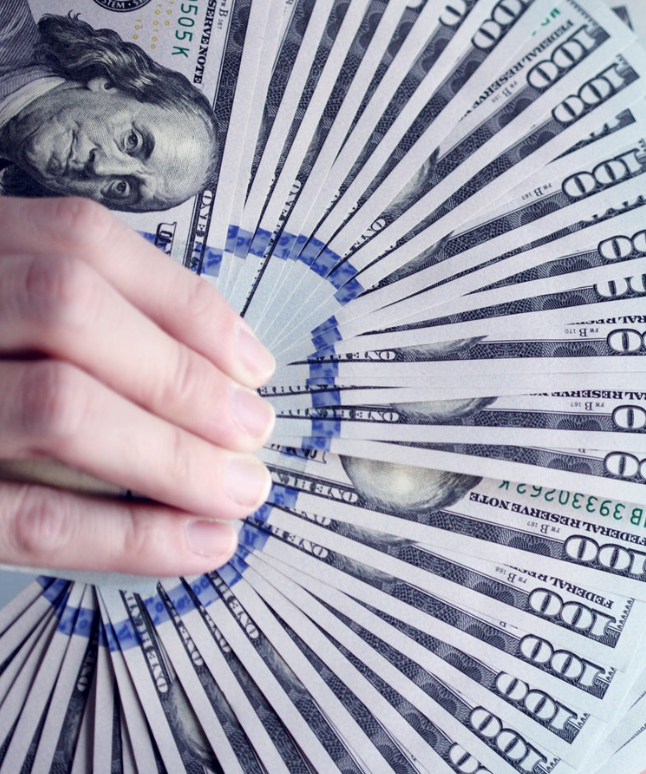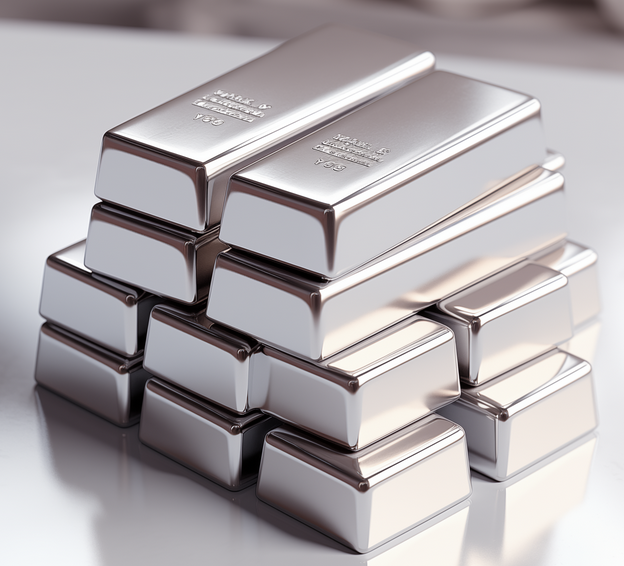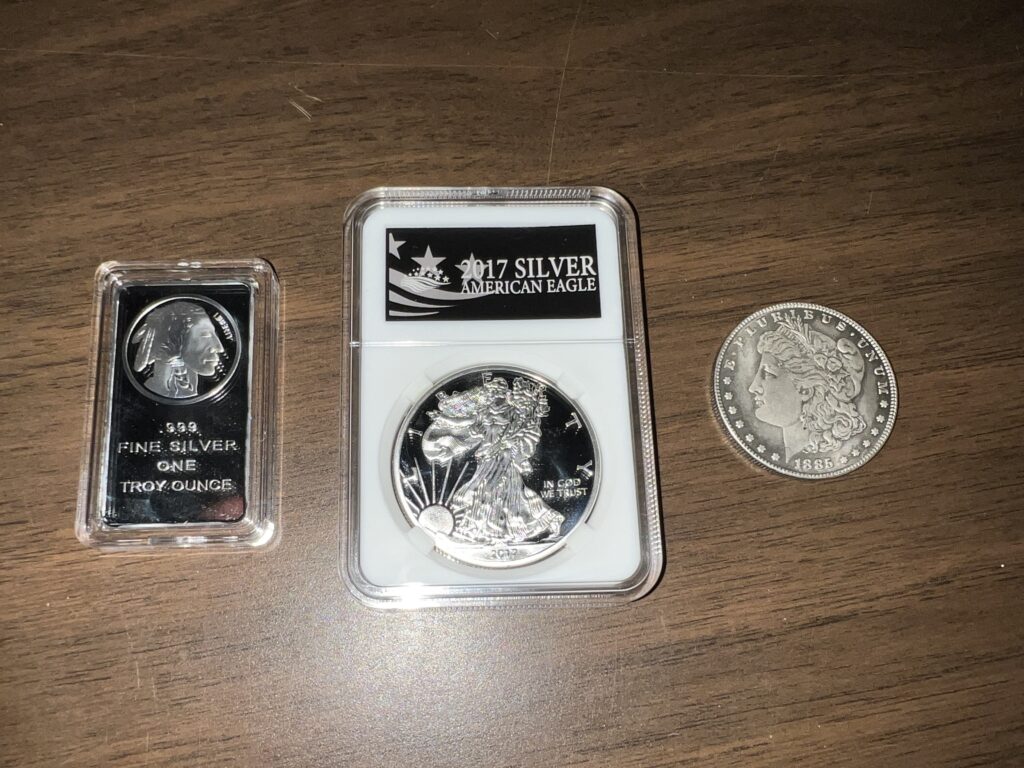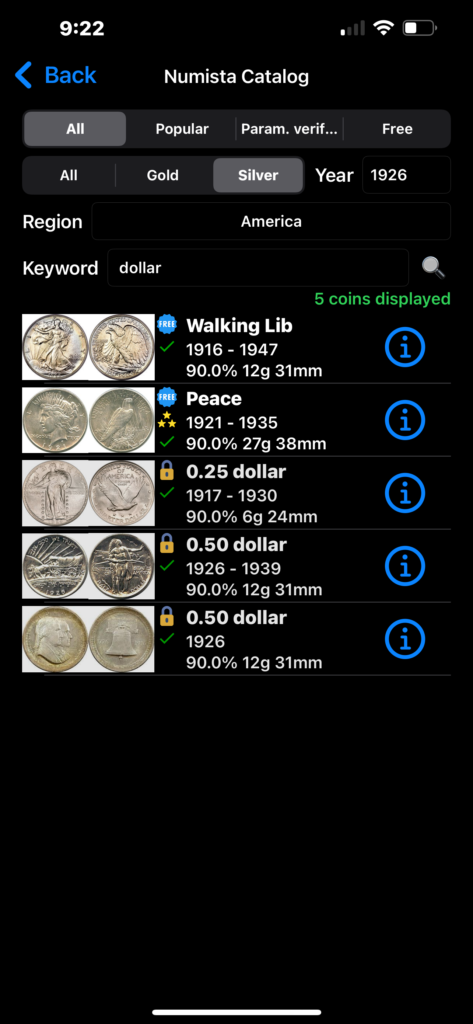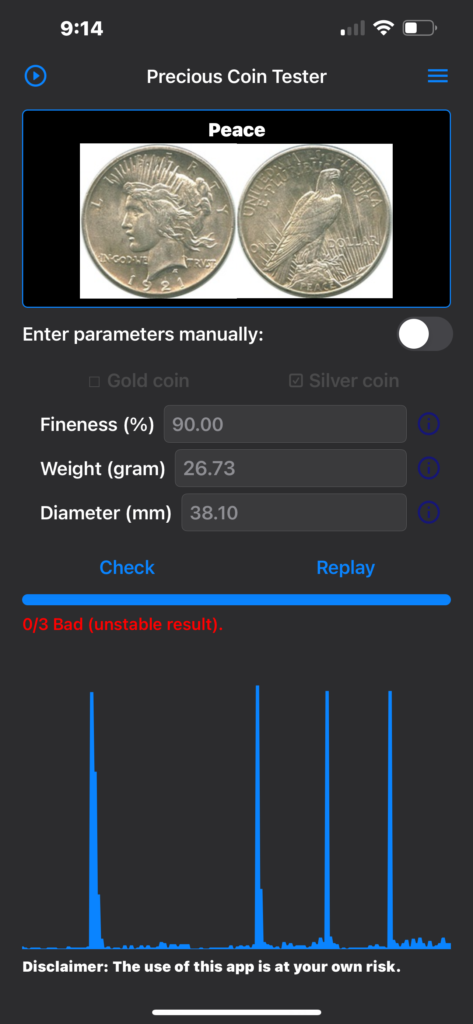by Fred Fuld III
The following informative interview was provided by Josh Tolley, the founder and chairman of Tolley & Company, an organization that buys, builds, operates and sells companies in multiple industries including finance, spirits, birthing centers, professional sports and many others. Josh has built multiple multi-million-dollar companies over his career and has helped many other people do the same. He has appeared on national and international television, been featured in two documentaries, has conducted over 1,000 interviews, 2,000+ radio broadcasts and is regarded by many as the Global Voice on Business.His book was recently released, with the title: Acquisitional Wealth: The Fastest, Most Proven Way to Create Life-Changing Prosperity, which was recently released. Check out my book review.
This interview contains a lot of great information about buying your own business. Some of the topics included are as follows:
• Why owning a business is the best way of investing your money
• What are the best industries to own a business in
• What are the worst industries to own a business in
• How to use IRA funds to invest in your own business
• The worst mistakes that first time business buyers make
• and much, much more!
The Josh Tolley Interview
To stream the interview, click:
HERE
It may take a few seconds to load. You can also download the interview as an mp3 file by right-clicking (or Control clicking) HERE
and choosing “save as”.
The Acquisitional Wealth Book
The book, Acquisitional Wealth: The Fastest, Most Proven Way to Create Life-Changing Prosperity, is available through Amazon and other book stores.
More Information about Josh Tolley
Additional information can be found about Josh Tolley and his company can be found at JoshTolley.com
Enjoy the interview!
Neither this site, nor the interviewer, nor the interviewee are rendering tax, legal, or investment advice in this interview. All opinions are those of Josh Tolley, and do not represent the opinions of this site or the interviewer.
.
The page contains Amazon affiliate links.

